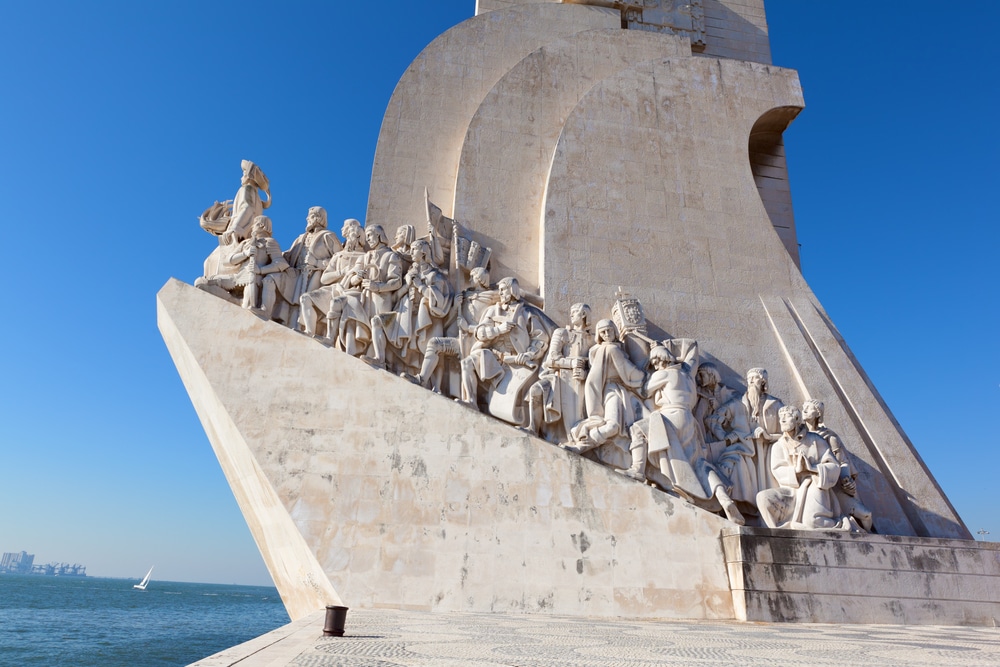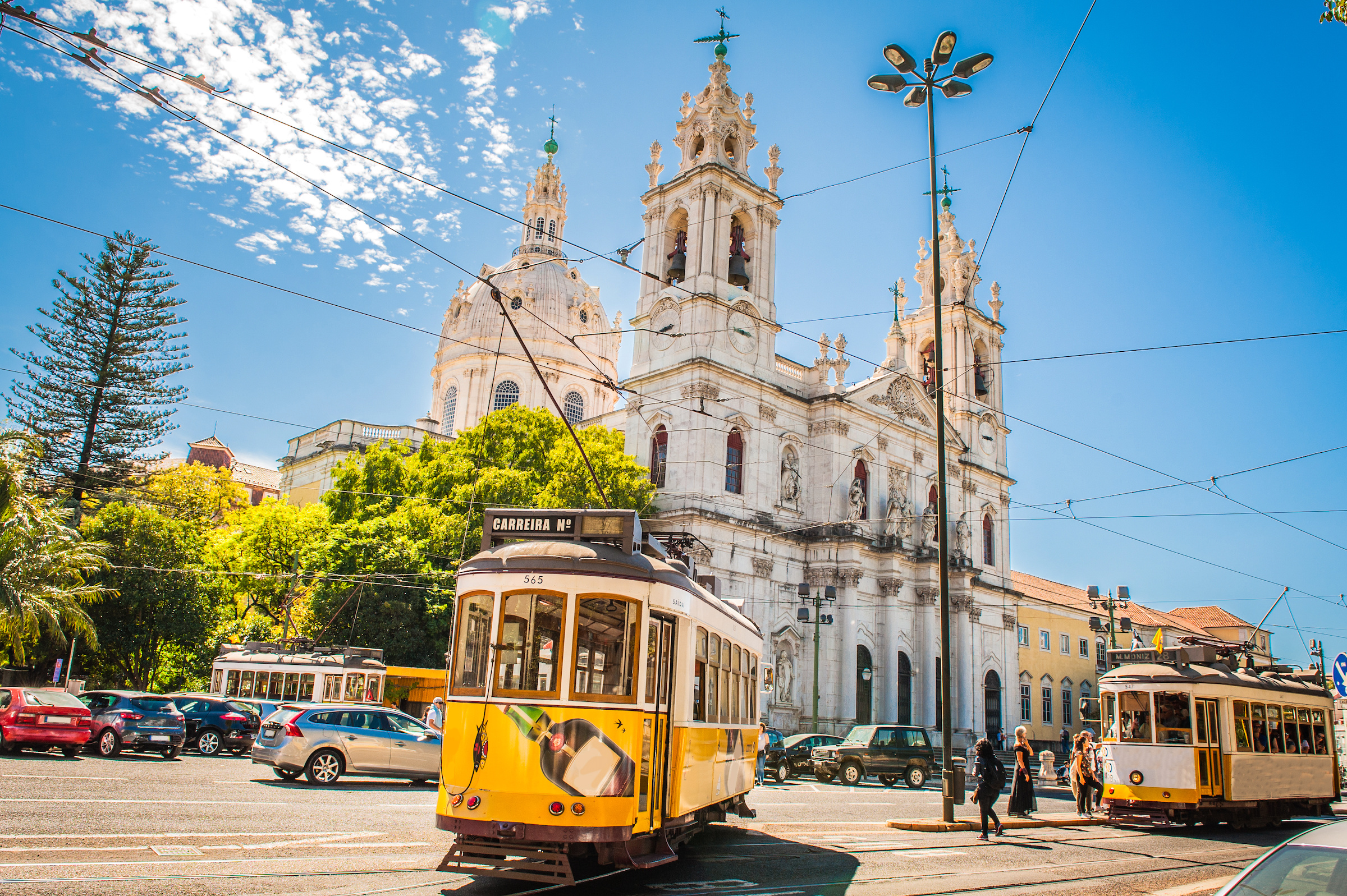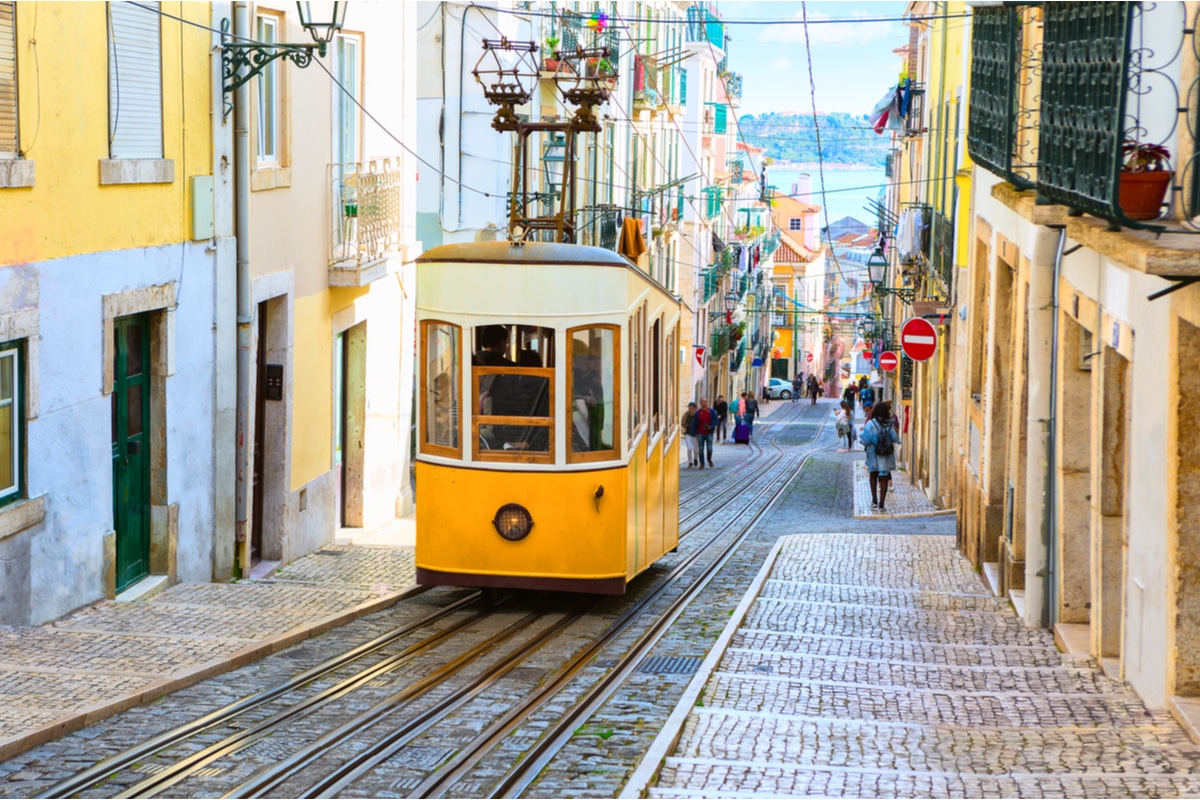Monument to the Discoveries
One of Lisbon's many sights is the Monument to the Discoveries (Portuguese: Padrão dos Decobrimentos). It is located at the foot of the Tagus River in the Belém district, next to the Torre de Belém.

What is the historical significance?
The Monument to the Discoveries was erected in 1960 during the Portuguese dictatorship of Salazar to celebrate the 500th anniversary of the death of Henry the Navigator. Henry the Navigator was the Portuguese Infante and financed many voyages of discovery that helped Portugal rise to become a strong colonial and naval power.
The building commemorates the glorious era of discoveries that allowed the country to trade intercontinently. This era allowed Portugal's worldwide fame to grow and formed one of the most important periods in the country's history. As a result, in the 15th and 16th centuries, Portugal dominated Europe's spice trade and Lisbon was one of the most important trading centres.
What is there to see?
The Padrão dos Descobrimentos is a 52-metre-high structure made of limestone and resembles the prow of a typical Portuguese sailing ship. The interior of the building can be visited. In addition to an auditorium, it has a museum on Portuguese history and a viewpoint on the roof of the monument. From the observation deck you have a wonderful view of the neighbouring Torre de Belém, the Hieronymieten monastery and the bridge Ponte de 25 Abril.
The imposing structure displays a total of 33 important personalities of the Age of Discoveries from writers and painters to historians and, of course, sailors. At the top, there is a nine-metre high figure of Henry the Navigator with a small sailing ship in his hand. Behind it are figures such as Vasco da Gama, discoverer of the sea route to India, Bartolomeu Diaz, discoverer of the Cape of Good Hope, King Alfonso V and other important figures from the Age of Discovery.
In front of the monument is a huge wind rose mosaic with a map of the world, showing the different places and routes of the Portuguese discoveries of the 15th and 16th centuries. The wind rose was a gift from South Africa to Portugal.



